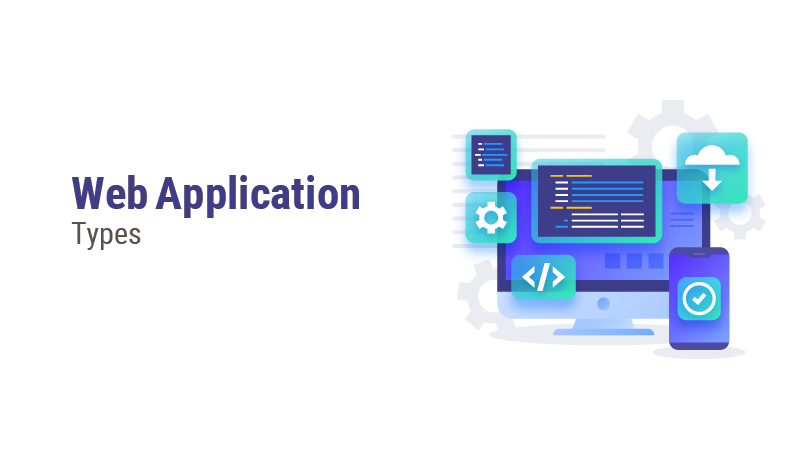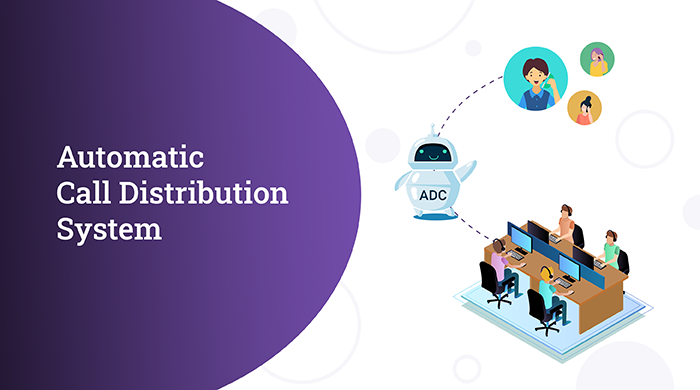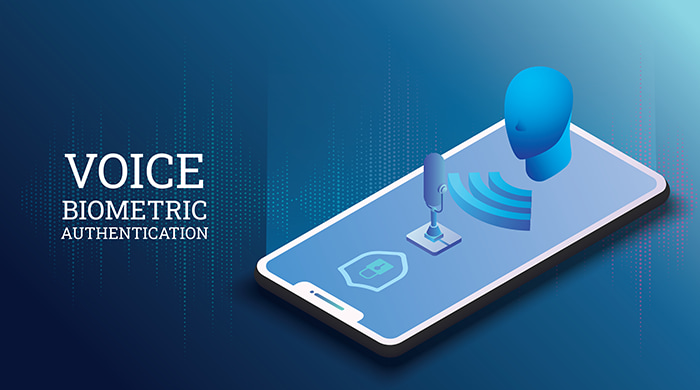What is a Web Application?
Most people often confuse web applications and websites. Well, a web application is a program or software, provided by a third party, stored on a remote server, and can be accessed from any web browser with any device. Simply put, this refers to any website that does some work for its users. Contrary to this, Websites are mainly informative. You can access a lot of documents on websites over the Internet using a web browser. It also consists of web applications, which help the users to finish various online tasks such as searching, viewing, and paying.
Nowadays most popular brands Facebook, Coca-Cola, and many other giants have multiple ranges of web applications created for various purposes and reasons. In that case, can you imagine the number of web applications that are created for different reasons? Now, this takes the discussion to the different types of web applications.
Types of web applications
Let’s classify web applications based on their types and their functionalities.
Static web application
The very first type of web application available on the Internet is the static web application, which is built using HTML and CSS to facilitate exhibiting significant content and information. This is usually the simplest web application as it exhibits only limited content and is not flexible. Normally these apps have no personalization and will make changes after the page is fully loaded. Although it allows animated objects such as GIFs, videos, etc., modifying the content of a static web application is not easy, as it requires downloading, modifying, and returning HTML code. Therefore, this app is best suited for software development companies and professional webmasters. Some of the best examples include digital resumes and lead capture pages in marketing.
Dynamic web application
Dynamic web application delivers live data based on the requests of the users and is therefore considered one of the best web application types. They have improved technical sophistication when compared to static web applications. There are multiple elements of interactions and methods to draw the attention of the client to the services and products provided by the web app. Such web applications use databases to store all private and public data displayed on the Website. They usually have an admin panel to control the backend and front-end portions and allow the administrator to modify the content and include different interactive components to the web app. The dynamic web app is built using various programming languages such as PHP, and ASP.NET.
E-Commerce web application
When your web application promotes products or services directly to your potential customers, you can call it an e-commerce web application which is no different from an online shopping store. Many of the basic features of the e-commerce web app include the addition of new products, removal of outdated and old products, managing payments, facilitating electronic payments, and a user-friendly interface. An effective management panel is very necessary to look at all these tasks. Professional website developers can customize such applications to make them user-friendly. Some of the most common examples of e-commerce web apps include Flipkart, Amazon, Ajio, and the list goes on.
Single-page web application
Single-Page Applications, otherwise known as SPA, are a type of dynamic web application that does not require browser reloads and functions as a single unit of a website application. These web applications are fast and dynamic as they implement all business and technological strategies in the client-side browser. The development and implementation process of SPA is simple and faster. Since communication takes place in asynchronous navigation, the process of dealing with the user’s request and response is faster. Moreover, a SPA web application of any type can be reconfigured to achieve the desired results. However, the main problem with SPAs is that they do not comply with SEO guidelines. The best examples of single-page web apps are Netflix, Twitter, and Gmail.
Portal web application
A portal web application offers a single access point to important data to a particular type of user. It is a web application that is capable of accessing different sections on the home page. Portals are the best option for organizations and businesses that prefer to build customized interfaces to suit the needs of their target audience. Only registered users are allowed to access and the user’s activities can be monitored by the service provider, once the user logs in.
Content management system web application
A content Management System (CMS) is a type of website application in which the owner can modify the content without any help from the technical team. The content can be modified using the admin panel without any knowledge of the programming language. In general, there are a number of CMS variations with various specifications and designs, some of which are:
- WordPress – This is the most widely used platform by major enterprise owners who have changed their business online. In WordPress, you may find various features like themes, plugins, and tutorials that will help you to make your website look attractive and distinctive. Moreover, it does not require any kind of technical assistance from outside.
- Joomla – This comes after WordPress and is considered the second most popular choice by users. Though it does not have many active users who have incorporated this platform into their businesses, it does have a good community and an intuitive cost for the old but advanced web application.
- Drupal – Drupal is an open-source and free web application that is flexible enough to create your own website. It is specifically suggested for building big community portals.
Animated web applications
These apps allow you to display your content along with animation effects. These application types offer creativity and design which cannot be found in any other web application types. The problem here is that it is not very suitable for web positioning and SEO, as the data obtained by search engines is unreadable.
Rich Internet web applications
Rich Internet applications (RIAs) are primarily applications that have the functionality of many desktop applications. They are designed to fix browser restrictions and rely on plugins on the customer side. These web app has been created with more efficient and visually attractive resources with a more interactive user interface and better understanding than older desktop applications. Some RIA web applications can work offline as well. The two main issues of the RIA are the risks and inconveniences they cause. For example, if the plugin is out of date, many parts of the app or the whole app may not work properly.
Wrap Up
Different businesses need different types of web applications. There is no single web app that is apt for all types of businesses. Choosing the right web application for your business should be based on the requirements of your target audience and the future goals you aim at. Each web app has its own business advantages, such as grabbing the customer’s attention and earning more monthly revenue from your active users.
Get Started with our Web Application Development Services

